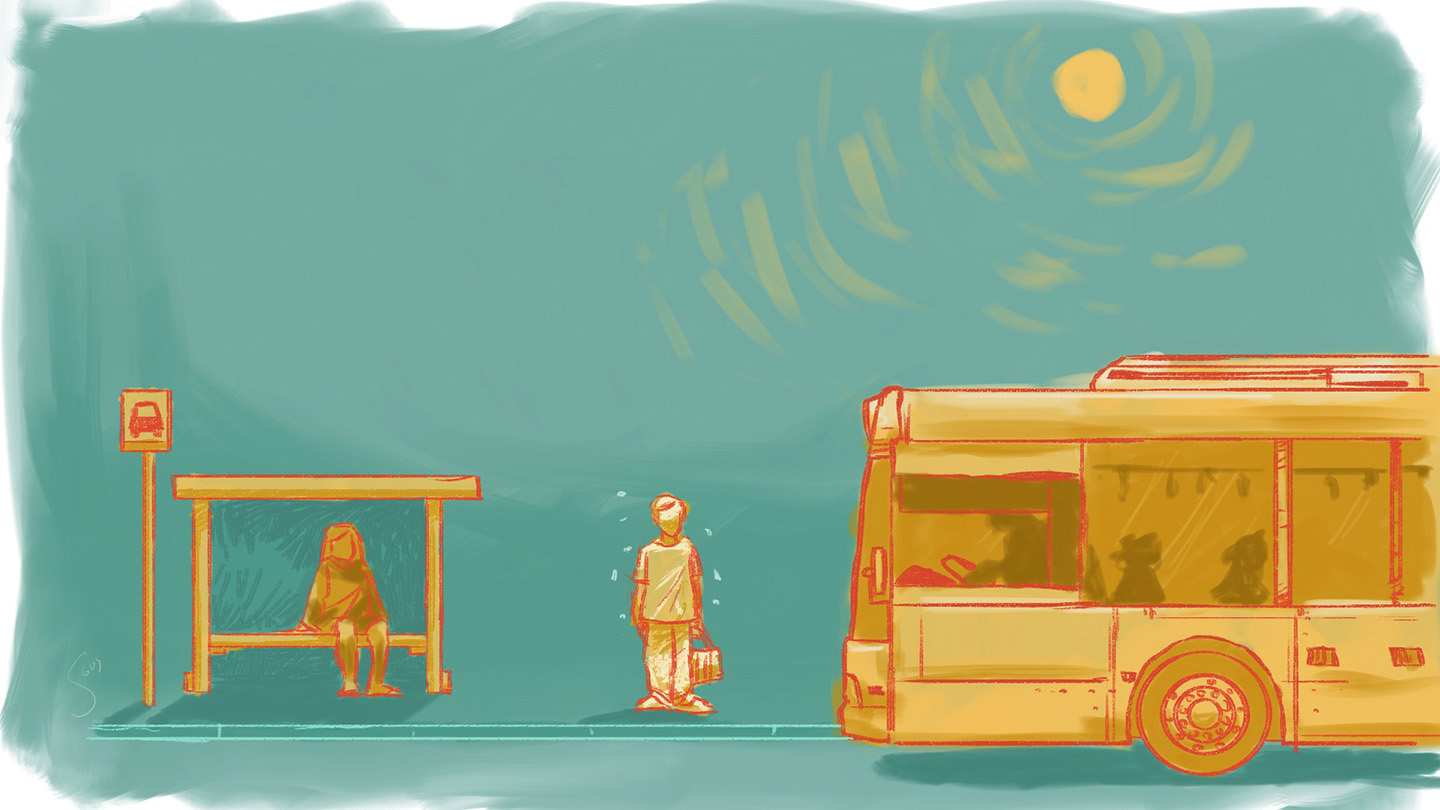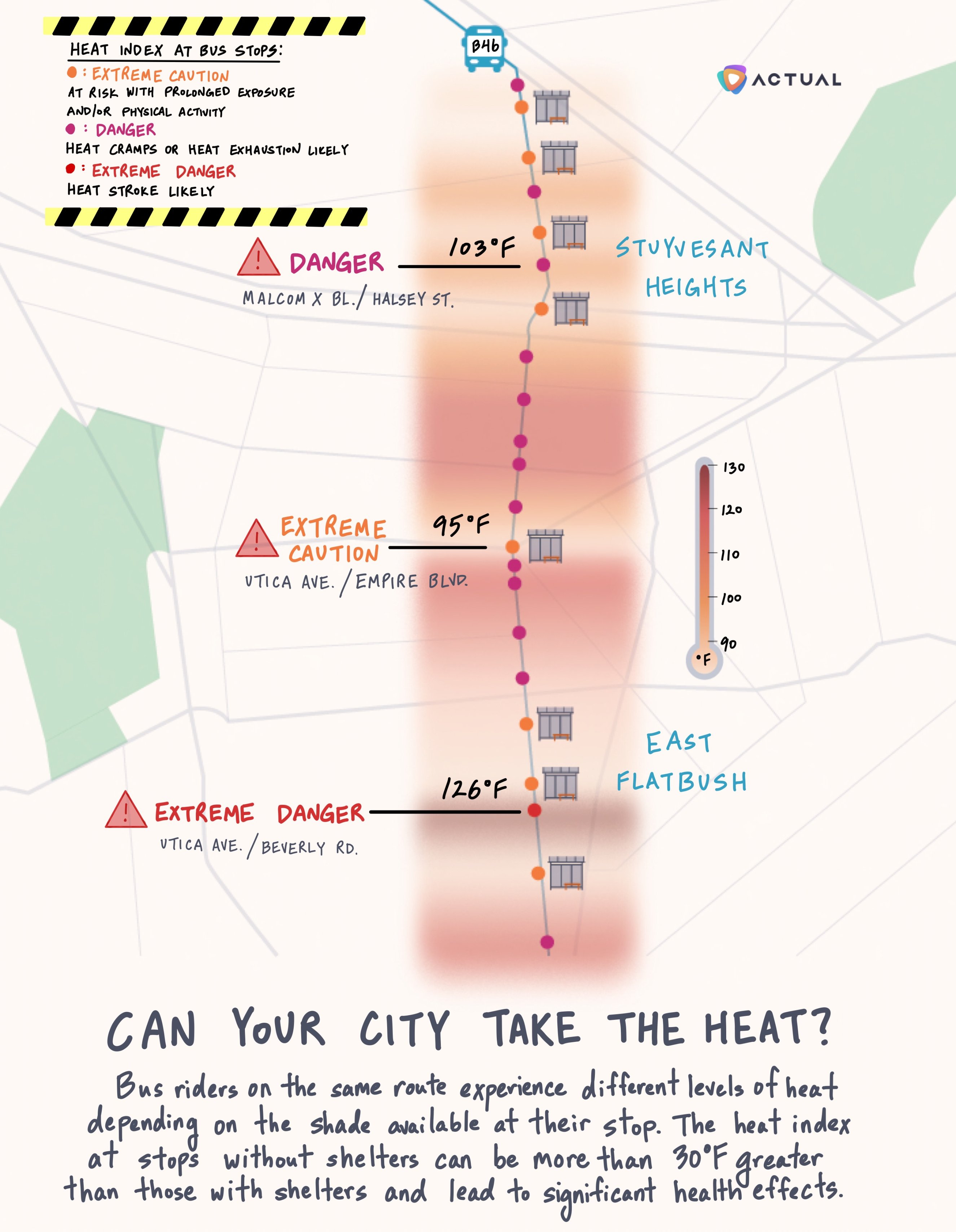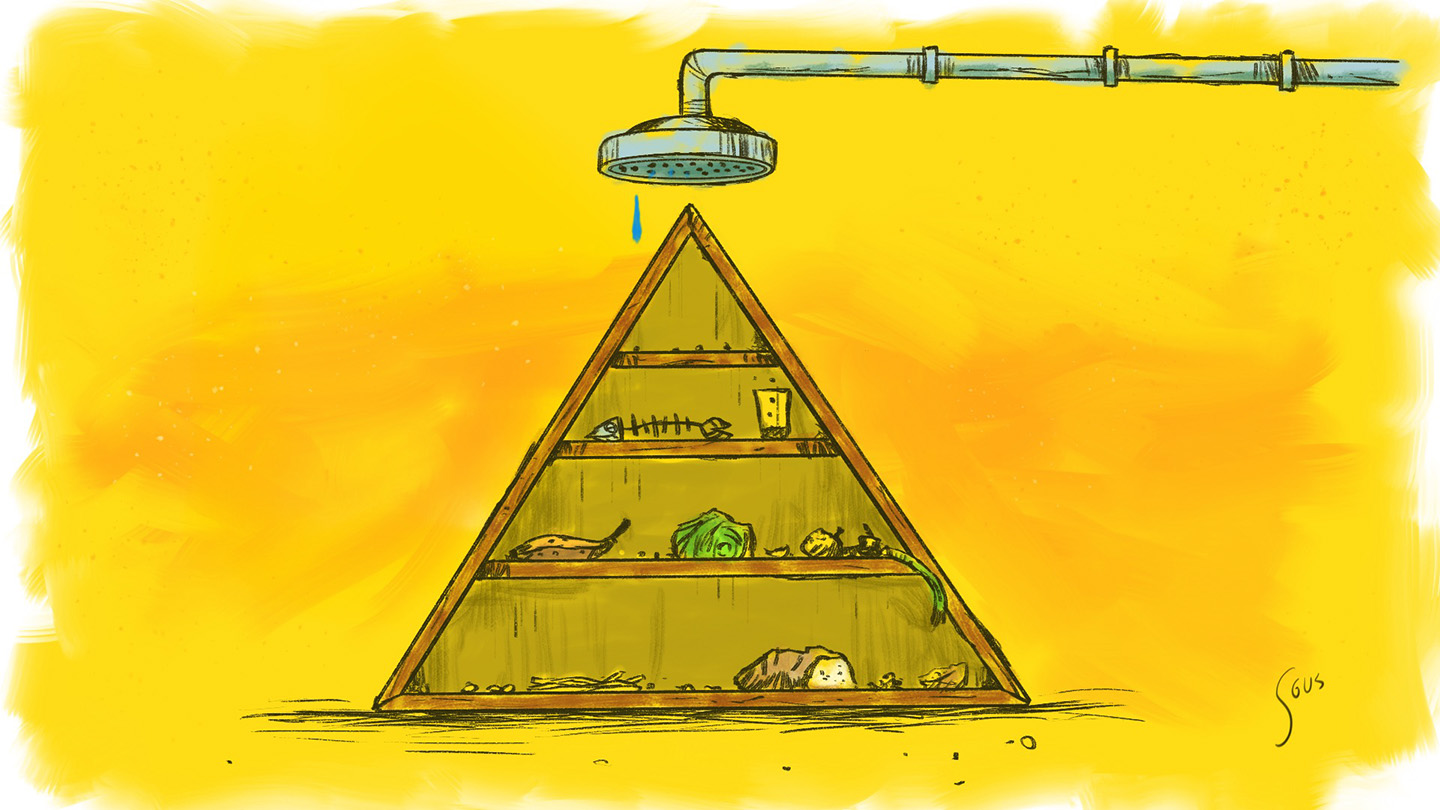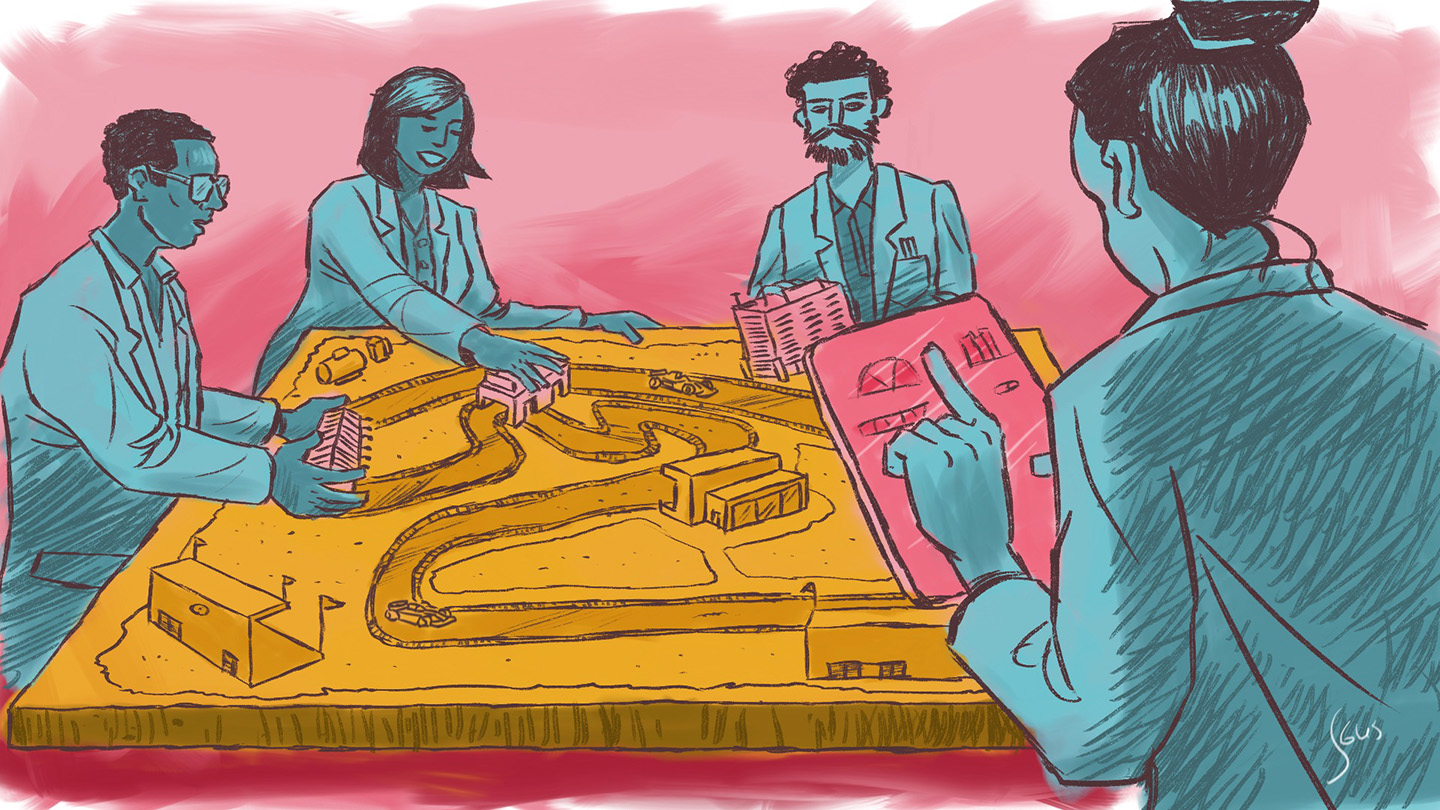
July 27, 2023
Can Your City Take the Heat?
Record-breaking high temperatures have been affecting people across the Middle East, Europe, and the US, with Arizona experiencing temperatures over 110°F for 25 consecutive days. Why is extreme heat such a hot topic for our cities? Our entire urban environment was designed to thrive in lower temperatures, and we are feeling the heat today.
How does this affect you?
Developers must use materials that reflect or insulate heat in order to create comfortable living environments and save energy while investing in mitigating the impacts of heatwaves on existing infrastructure.
Concrete and asphalt companies need to use low albedo formulations, which reduce the urban heat island effect.
Utility companies need to prepare for increased electricity demand as more EV's hit the road and warmer summers increase the use of air conditioning. Renewable generation and storage can help meet demand while generating superior ROI.
Policymakers must coordinate policies so the built environment functions as one system— an interconnected network of cities. Although many state policies are on track to reduce emissions, segmented local policies result in confusion and fragmentation.

The effects of heat are especially felt by those who use public transportation. Consider the B46 line in Brooklyn, the third busiest bus route in all of New York City, where only 18 of 46 stops have bus shelters. During the height of summer, riders face wildly different experiences and risks just based on which stop they use. Riders waiting at unsheltered stops during an average July day must endure heat that feels 36°F hotter than those who have access to shelter, increasing heat-related risks for bus riders.
Stuyvesant Heights. Two bus stops within three blocks of each other have similar populations but expose riders to very different risks. Riders waiting in direct sunlight at the Malcolm X Bl/Decatur St. stop face a dangerous heat index of 108°F compared to 91°F for riders at the Malcolm X Bl/Halsey St. stop.
East Flatbush. Unlike other parts of more densely populated Brooklyn, buildings in East Flatbush are generally smaller, which reduces the amount of shade from the built environment. The heat index is as high as 126°F in locations with no bus shelters, placing bus riders at risk of extreme danger.
Transforming infrastructure and the built environment is a complex and long-term task. However, as temperatures continue to rise and the landscape of cities changes, it is important to consider not only physical assets but to also challenge existing rules and issues of environmental justice:
Environmental justice. Even if bus riders walk to the nearest bus stop through shade, physical activity in these heat conditions increases the chance of heat stroke. These hotter neighborhoods without updated infrastructure are often home to majority people of color and of low income populations. This is seen in East Flatbush, which has a higher incidence of heat-related illness and where nearly 17% of residents live in poverty and 80% identify as African American.
Existing mandates. As mandated in the NYC Heat Emergency Plan, facilities do not open until the National Weather Service forecasts heat indexes reaching 95 to 99° F for at least two consecutive days, despite localized temperatures regularly exceeding these levels.
The hyper-local nature of climate impacts isn’t just seen in cities by bus riders. It is becoming a common experience across geographies and industries, including marine shipping, where some critical waterways are affected by droughts while other parts of the world experience extreme flooding. While the magnitude of climate action seems daunting - the UN estimates that action will cost $90 trillion globally - small investments can have an immediate impact. Installing 28 bus shelters on the B46 route would only cost about $280,000.
In a news conference on July 27, 2023, NYC Mayor Eric Adams said, “Heat kills more New Yorkers every year than any other kind of extreme weather event. Access to cooling is a matter of life and death.” Policymakers need to find solutions to improve conditions now, and as simple as installing 28 bus shelters is, it will save lives.
Until next time,
Actual
More recent newsletters
April 25, 2024
ACTUAL
Catalonia, Spain, has recently declared a drought emergency as reservoirs plunge to critically low levels at just 15% of full...
April 11, 2024
ACTUAL
The automotive industry has been undergoing a drastic transformation, transitioning from combustion engine vehicles to include EVs, hybrid engines, and...
March 21, 2024
ACTUAL
The thrilling races of Formula 1 are powered by behind-the-scenes innovation, where even the slightest tweaks in aerodynamics or engine...


